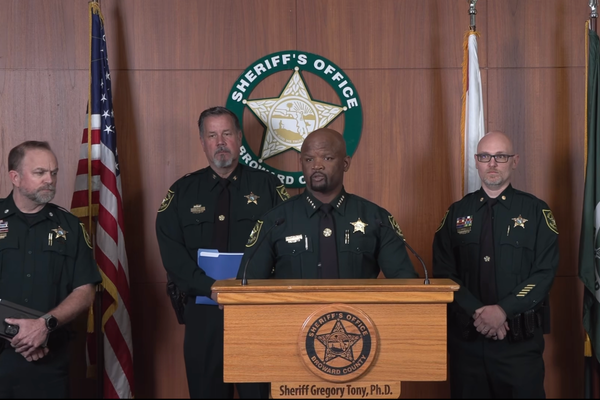In August 2020, the American Automobile Association warned the driver assistance systems in most of the new models on the market need more work to become more effective. During a test conducted by the organization, the safety specialists experienced an issue every eight miles over the course of 4,000 real-world miles. Now, almost two years later, the technology doesn’t look much better and more reliable.
AAA recently conducted a new test with three modern vehicles – a 2021 Subaru Forester equipped with EyeSight, a 2021 Hyundai Santa Fe with Highway Driving Assist, and a 2020 Tesla Model 3 equipped with Autopilot. AAA simulated different scenarios in which an oncoming car steers into the test car’s lane, as well as a bicyclist crosses the street. The tests were conducted on a closed course using a foam car simulating a small hatchback.
The results from the tests were mixed, to say the least. All driving assistance systems successfully detected a slow-moving car and a byciclist moving in the same direction in the same lane. However, all tested vehicles collided head-on with the dummy car in cases when it was partially within the test car’s travel lane. In 5 out of 15 cases, a collision occurred when a cyclist crossed the travel lane.
Based on these results, AAA says automakers should improve the existing active driving safety systems and make them perform more consistently before even moving to developing more advanced self-driving systems. Another measure in which AAA sees potential is implementing a driver-focused camera helping limit distraction from the driver.
On the other hand, the organization believes customers need to better understand how these safety technologies operate. AAA even suggests potential buyers should request a demonstration from the dealership before integrating the systems into their regular driving style. Most importantly, AAA says, the customers need to understand that these systems are not fully autonomous and can’t perform without supervision from the driver.
“The collisions that occurred during AAA testing could be deadly if they happened in a real world setting,” Mark Jenkins, spokesman of AAA, explained. “While driver assistance technology has made great strides for improving safety, it’s still not perfect.”







